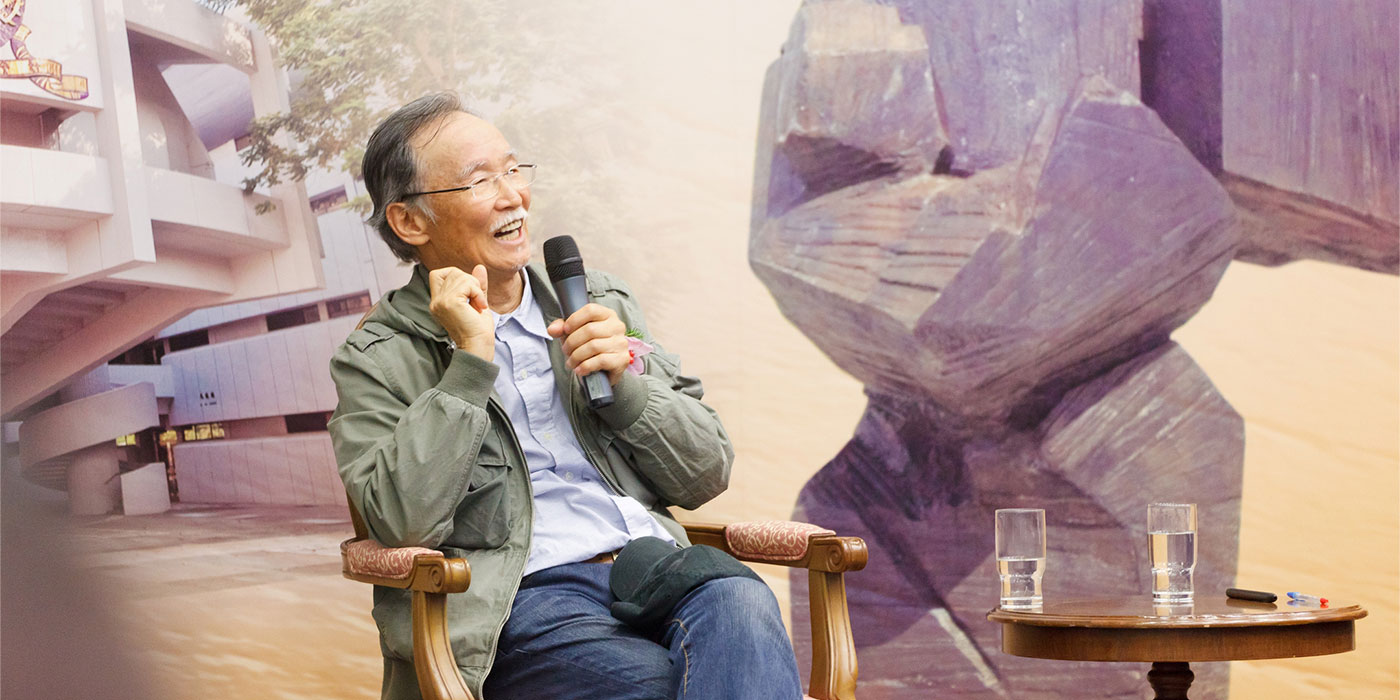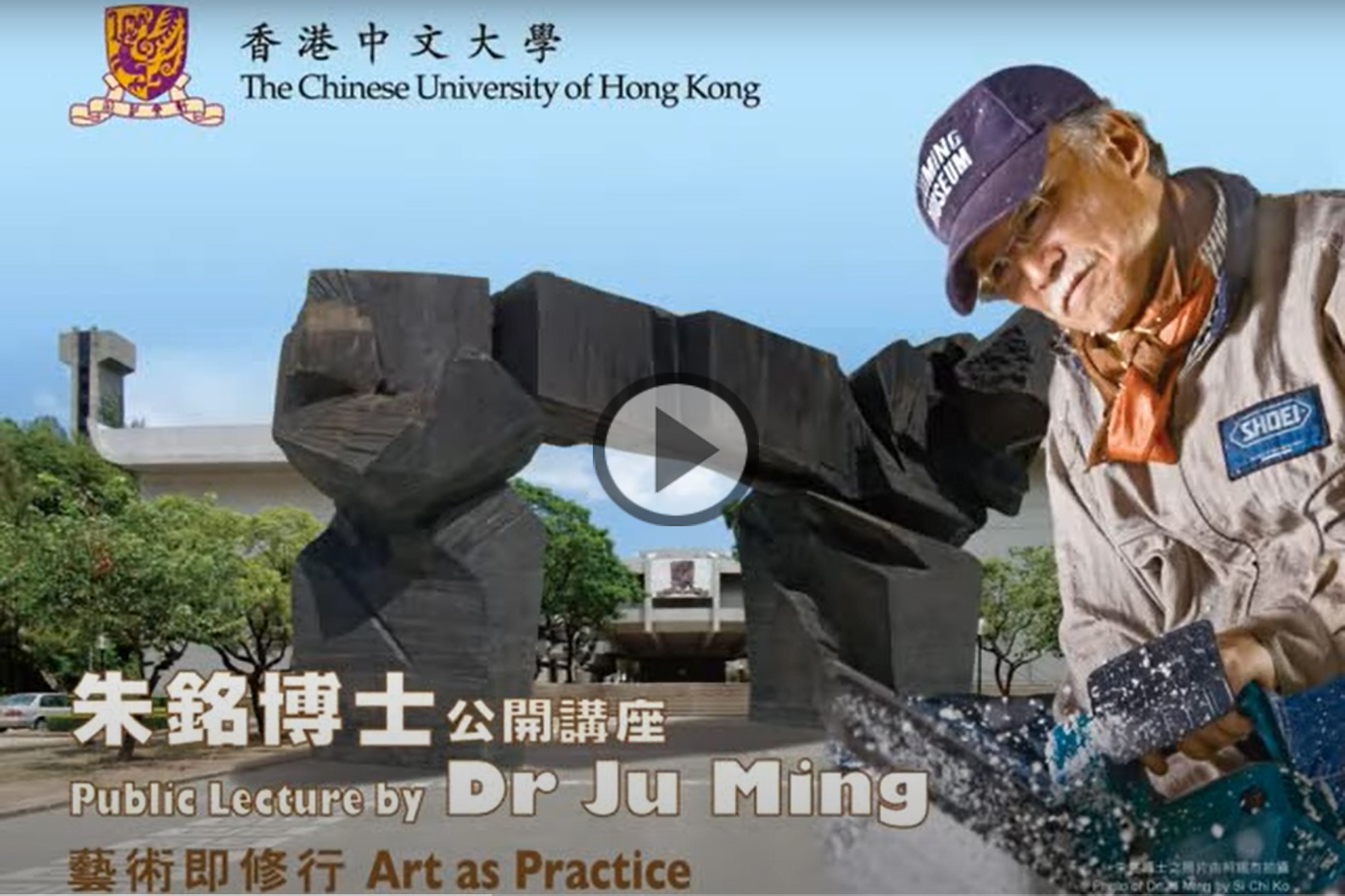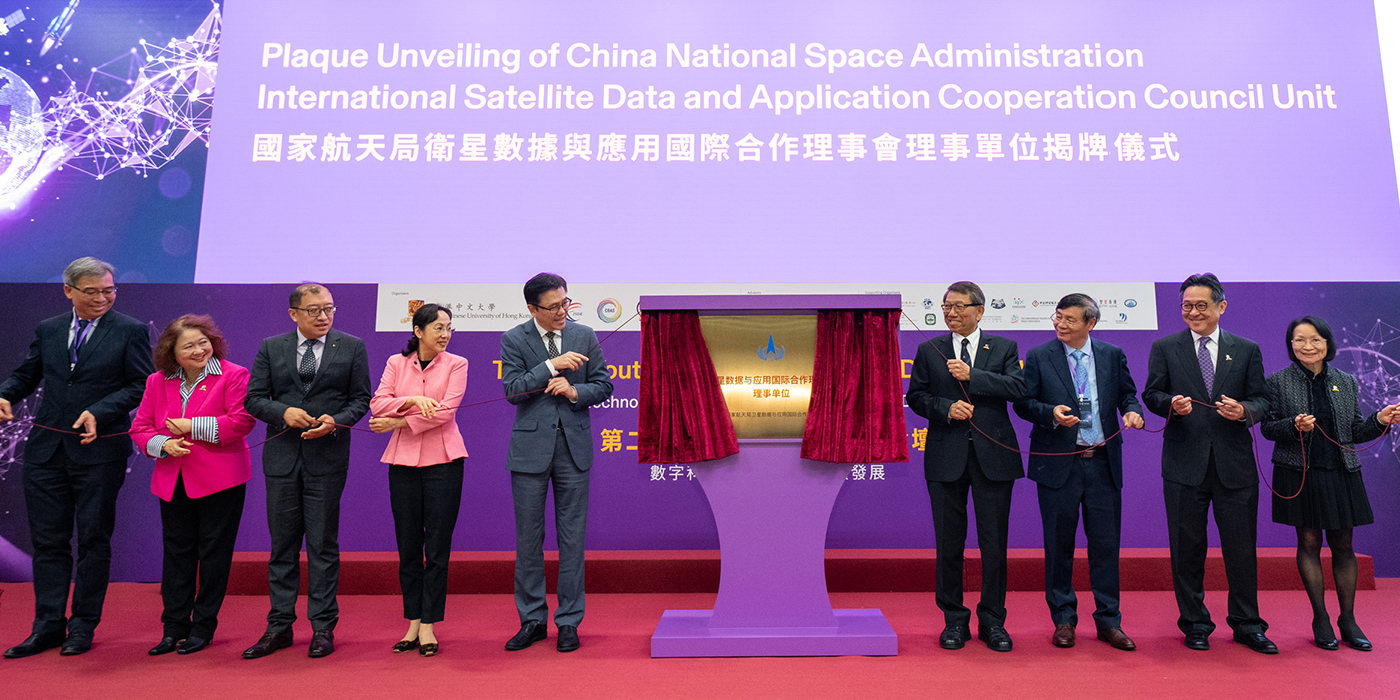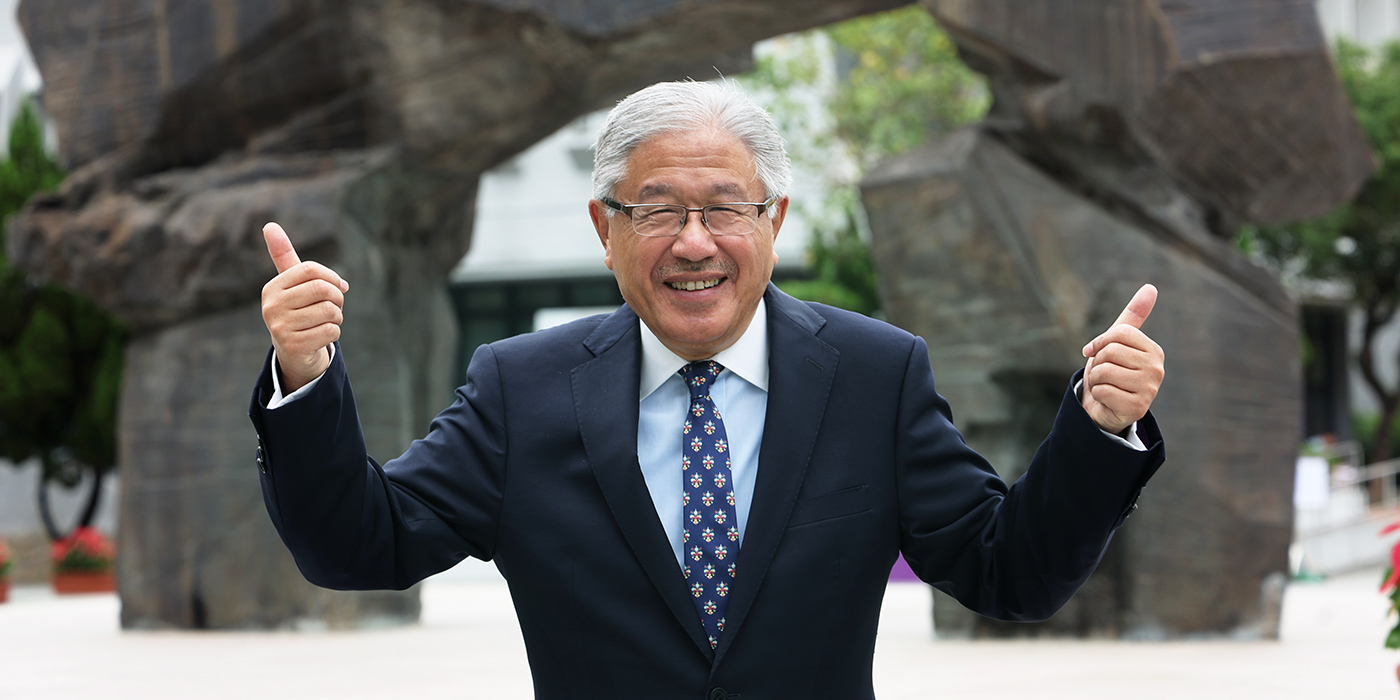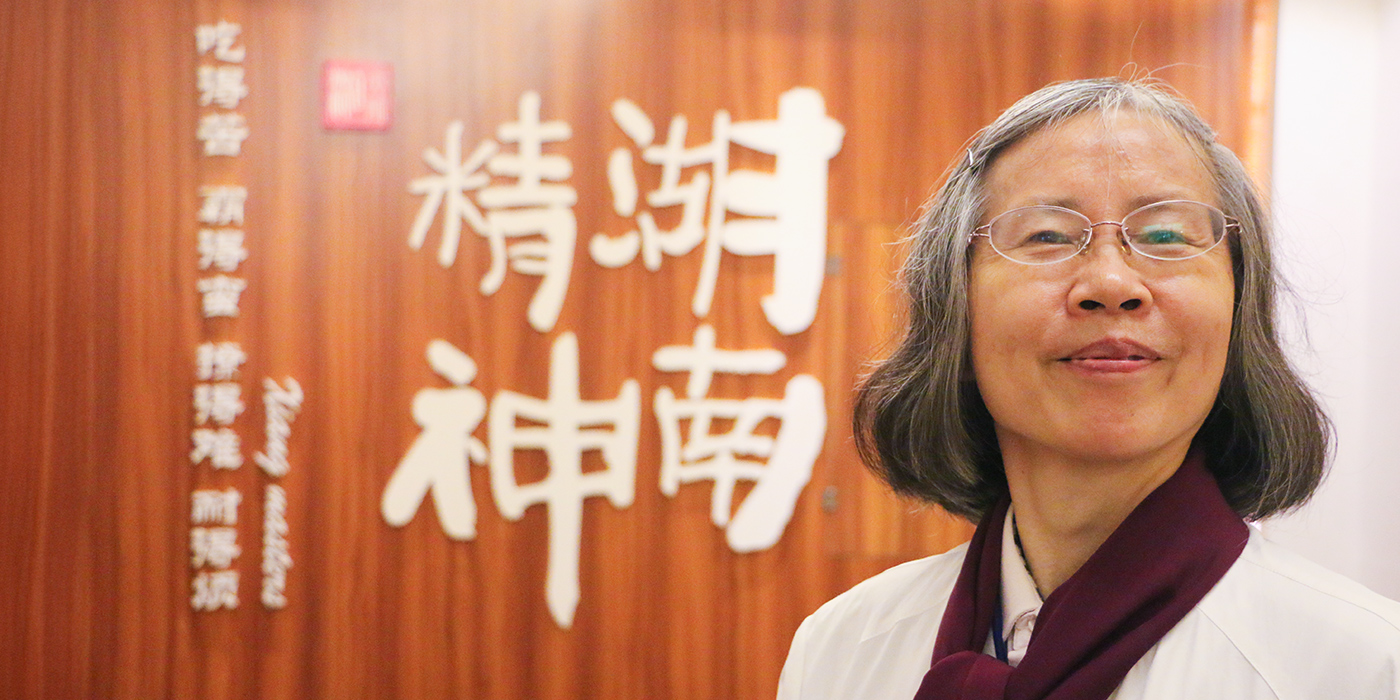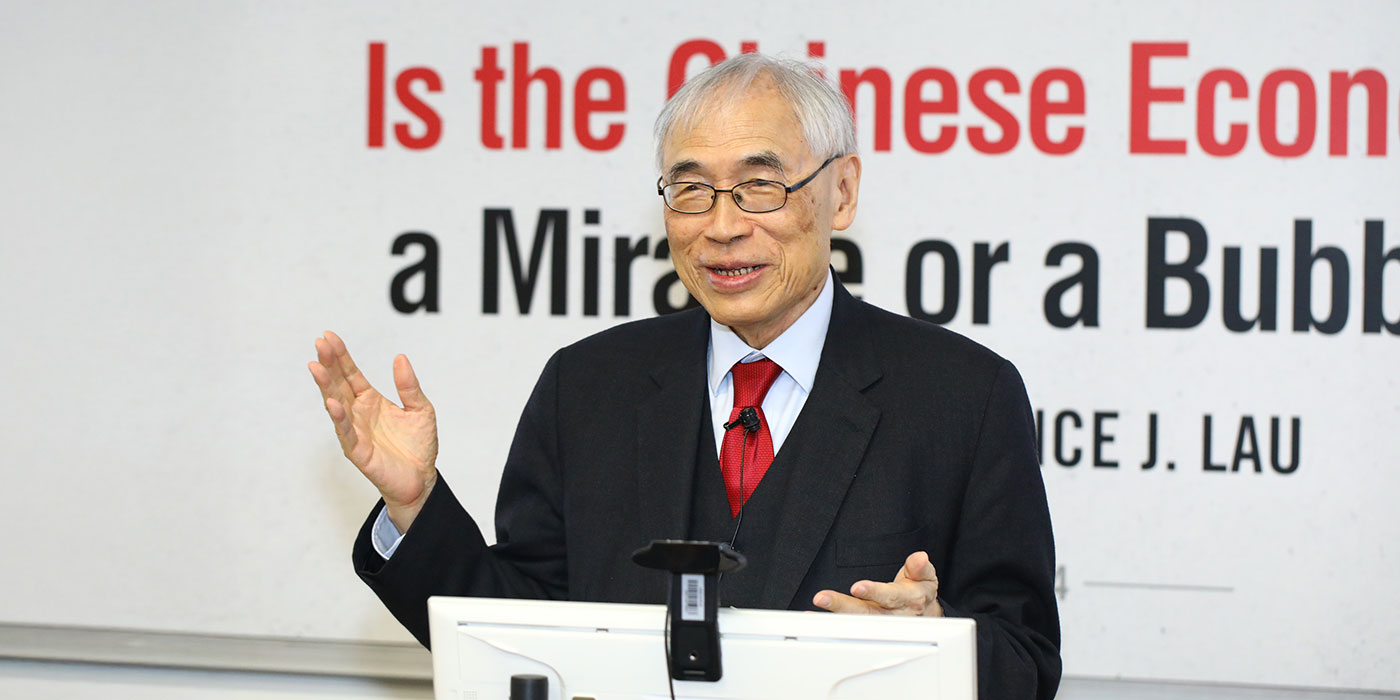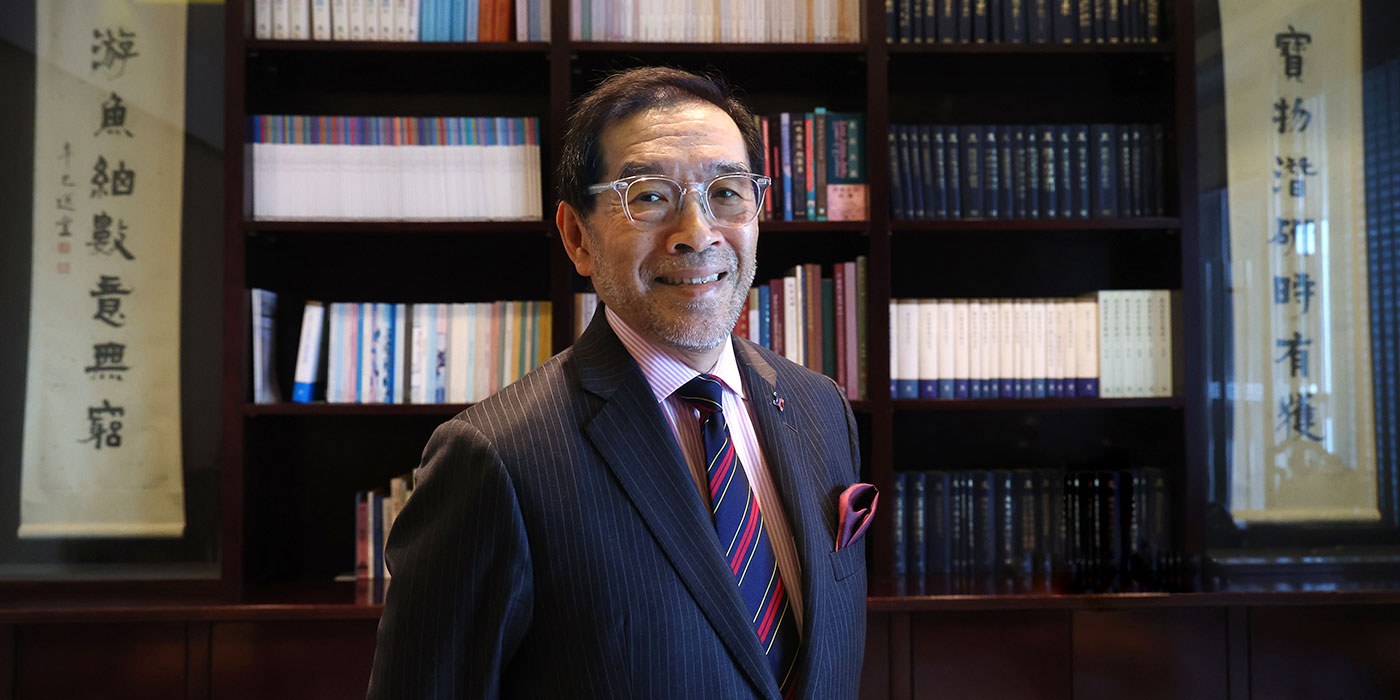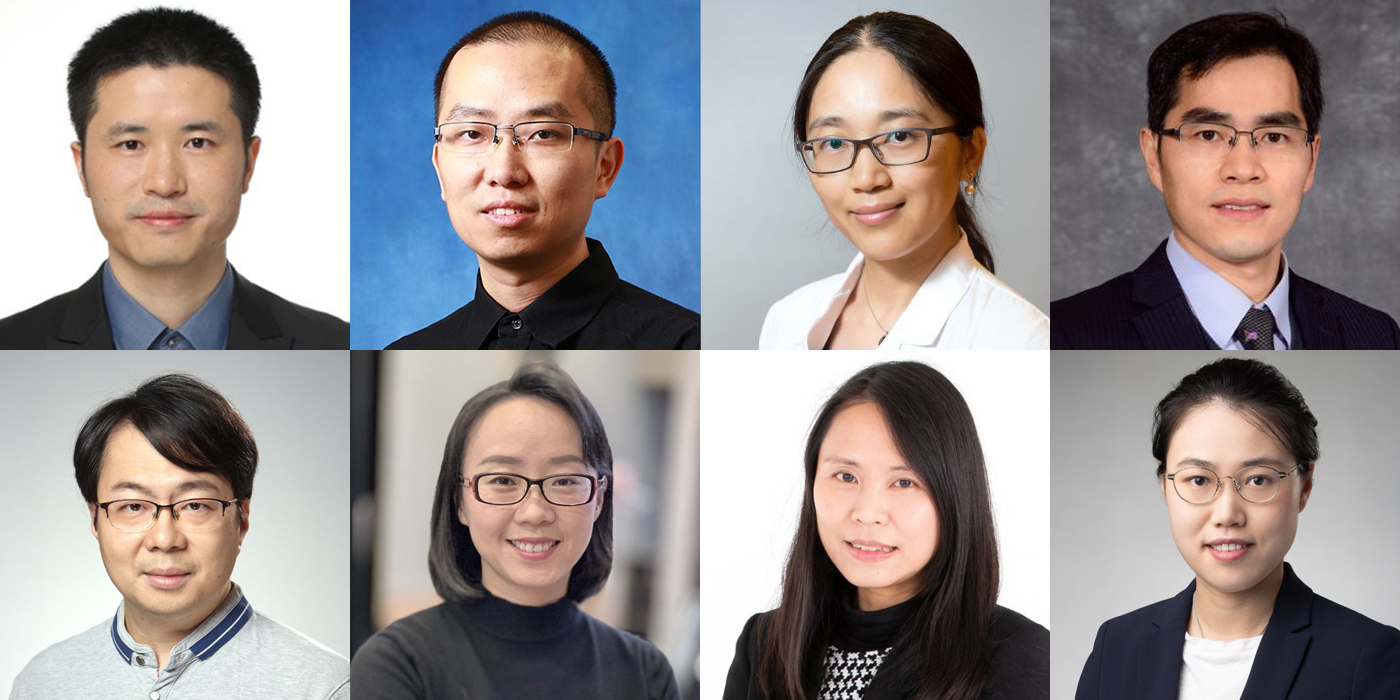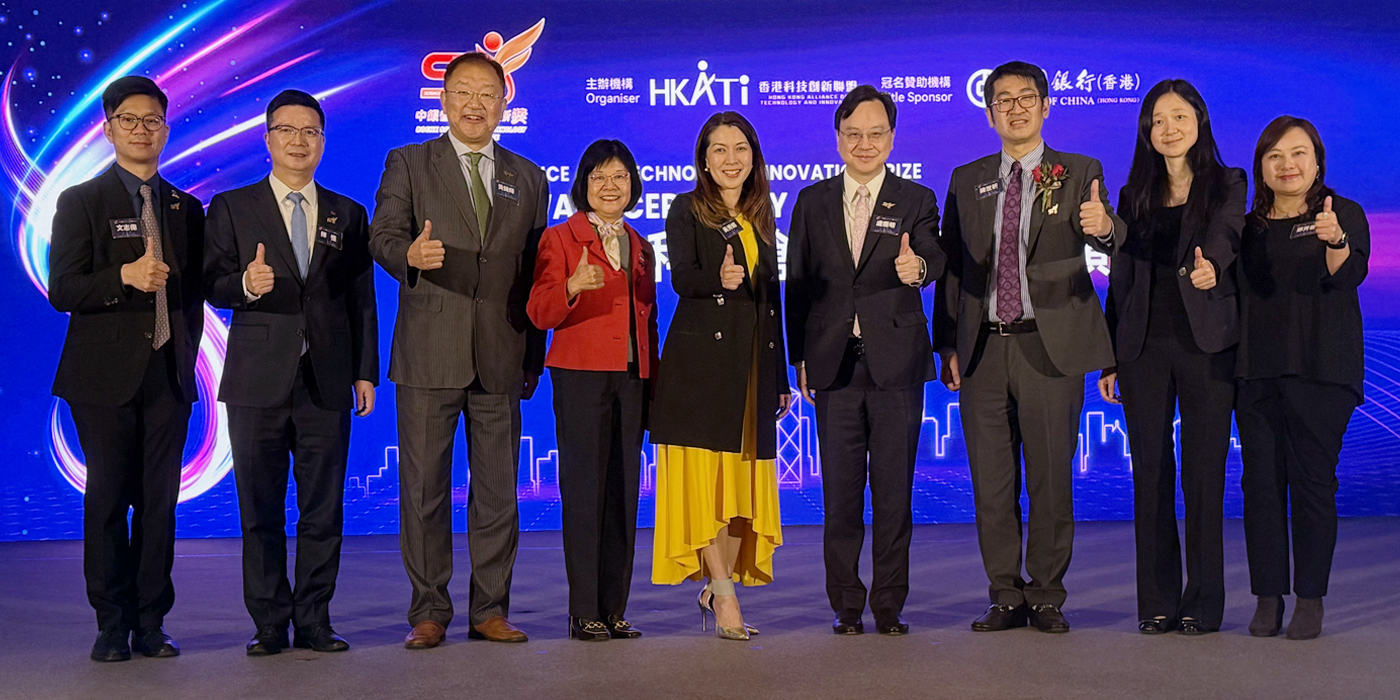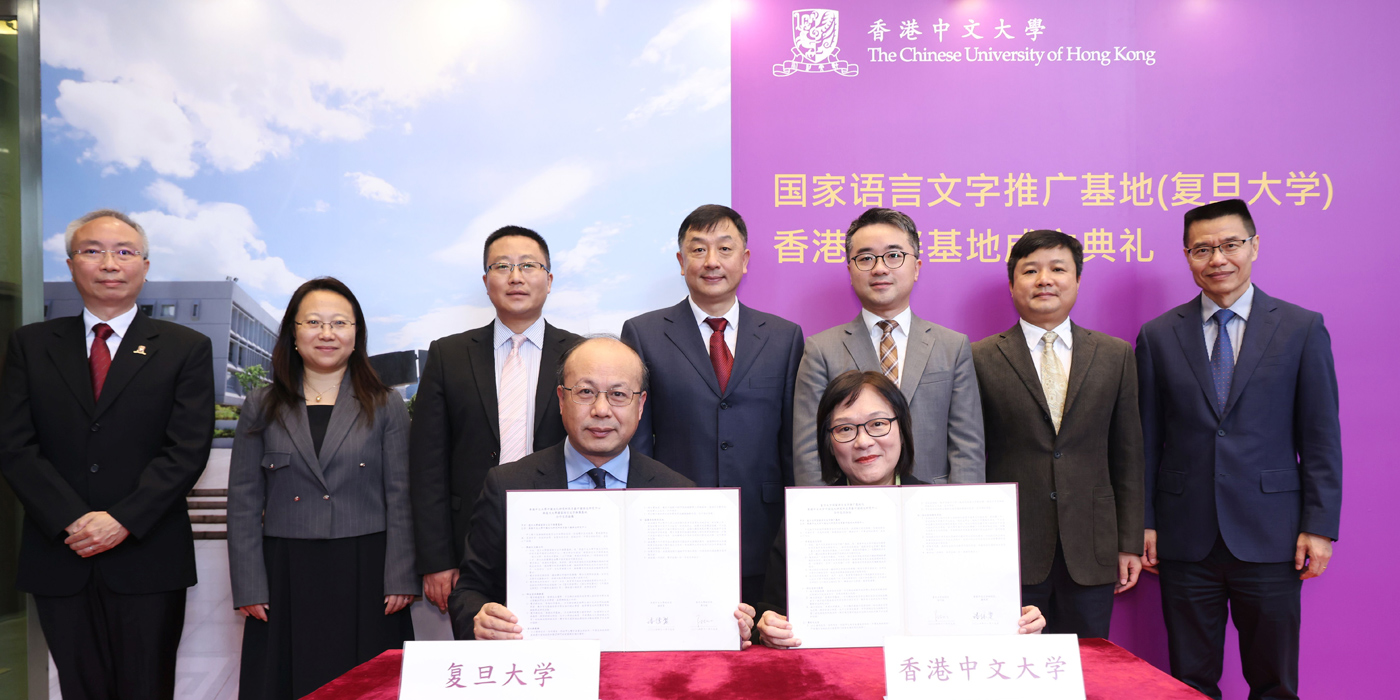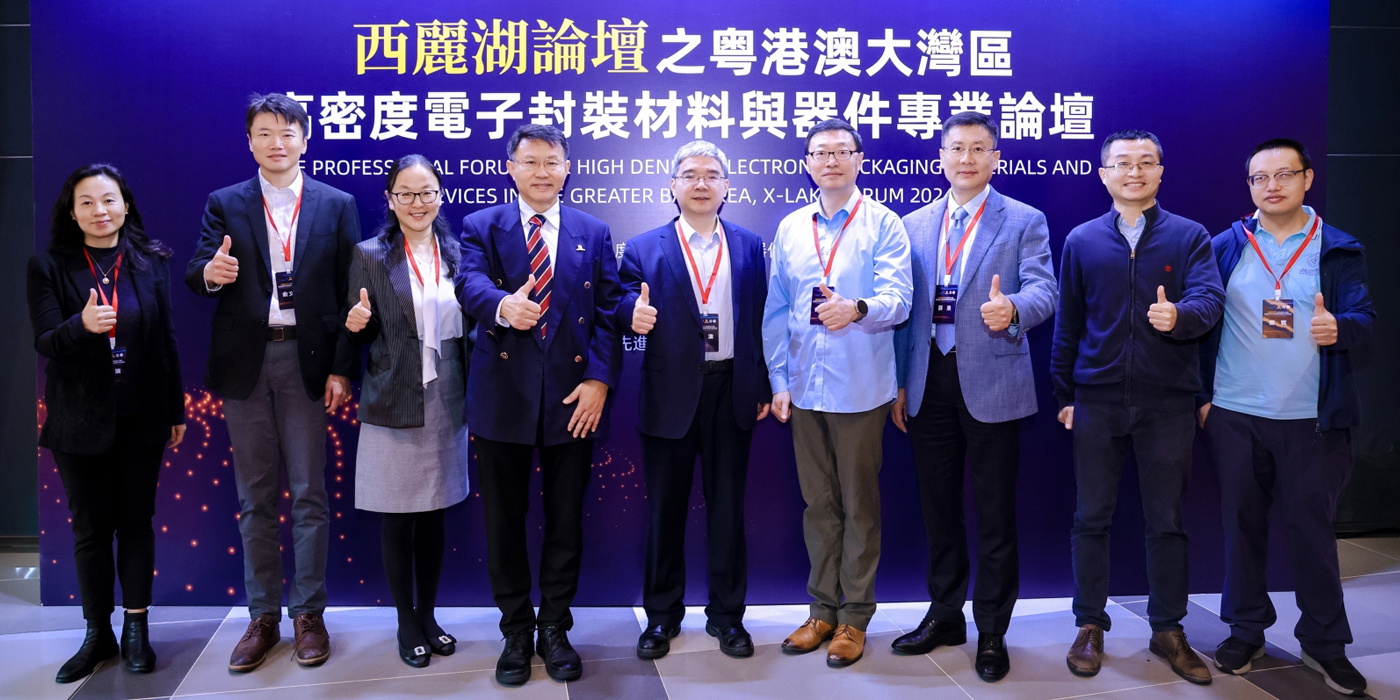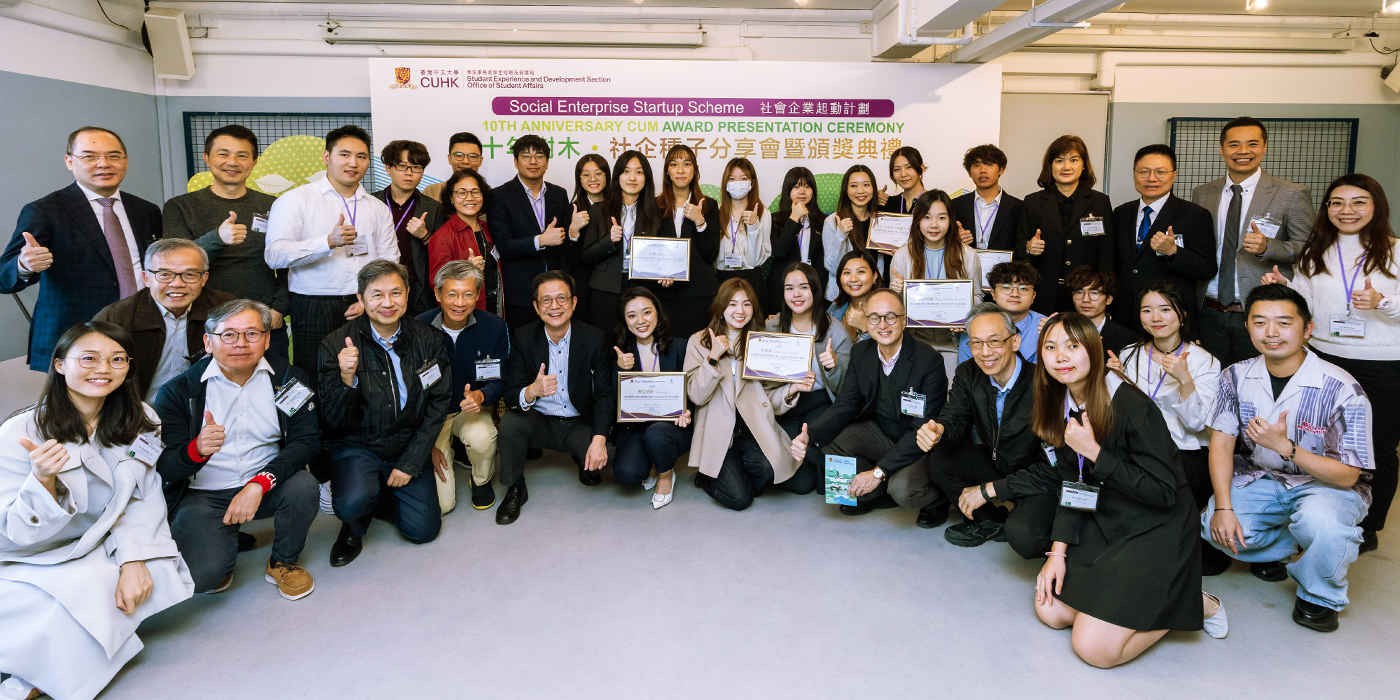An unfailing understanding of humanity
Unfolding Dr Ju Ming’s spiritual journey
The Gate of Wisdom, a large sculpture created by the eminent sculptor Dr Ju Ming, has been towering over the piazza in front of the University Library for over 35 years since it was officially unveiled in December 1987. It is part of the collective memory of the CUHK community and indeed the people of Hong Kong.
Born in 1938 in Taiwan’s Miaoli County, Dr Ju learned to paint and sculpt from the age of 15, becoming famous for his boxy bronze and steel sculptures in Taiwan in the 1970s and New York in the 1980s. Known as the “father of modern sculpture in China”, his works are on display in many places around the world, including mainland China, Southeast Asia, Europe and the US. The Gate of Wisdom at CUHK, Single Whip Dip outside Exchange Square, and Sparring (Harmony) outside Bank of China in Hong Kong are part of his Tai Chi series.
His works combine tradition and modernity, and he continuously pursued innovation. He collaborated with schools to promote art education among children, and he devoted much effort to the preservation of precious artworks. On 15 December 2011, the University conferred upon Dr Ju the degree of Doctor of Literature, honoris causa, in recognition of his distinguished achievements in art and the preservation of cultural heritage.
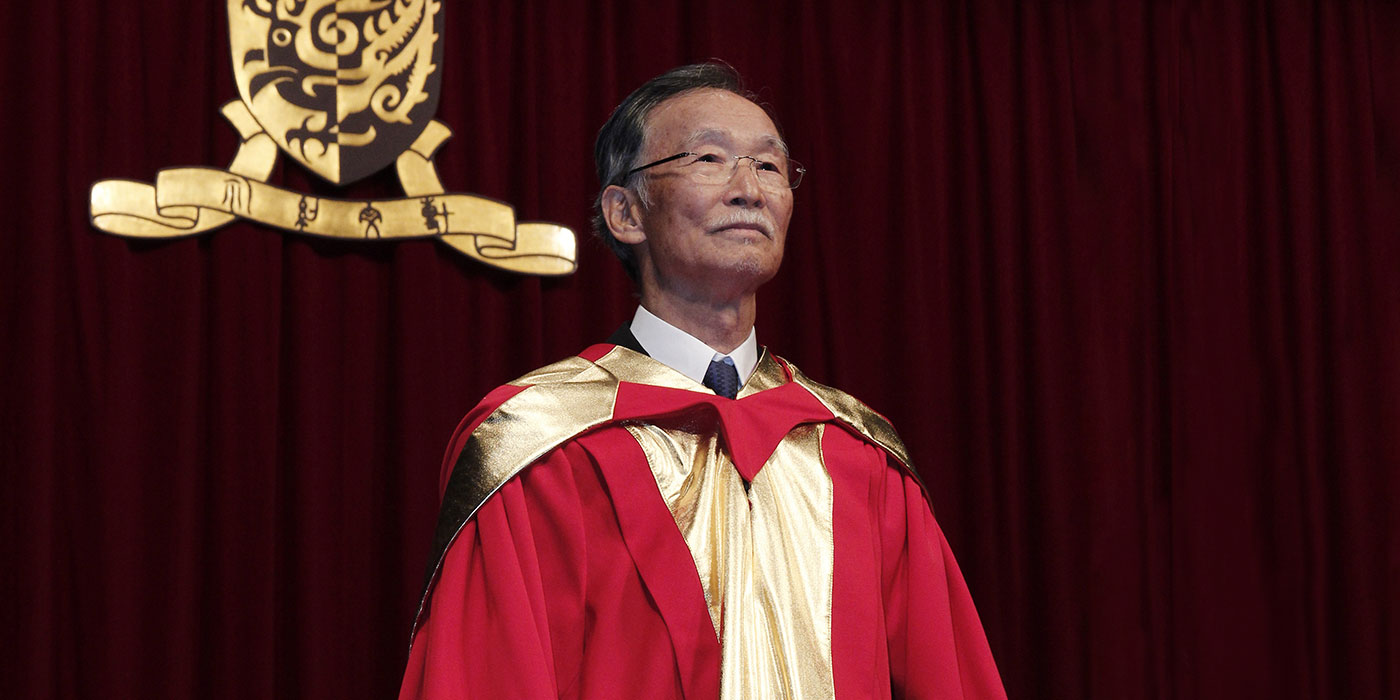
Art as practice
Dr Ju believed that change is crucial for breakthroughs and innovations in art. On 14 December 2011, he spoke to an audience of more than 500 at a public lecture at CUHK about his views on art. He emphasised the importance of spiritual practice and likened a human being to a vessel. When someone is born, the vessel holds nothing but that person’s own self. However, as they begin to learn, they also begin to lose parts of themselves until, in the end, their vessel becomes filled with nothing but inputs from others, impeding their own creativity. What he meant by spiritual practice was that people should try to forget all the ideas, concepts and methods learnt from others, then rediscover their own nature and innate self, from which they can build up their own personal style.
“I have a way to help me forget what I learnt before, and that is carving away quickly when executing my work,” he said. That meant carving before thinking, so that his thoughts would never be able to catch up with his carving and he would enter a state beyond the self. It is only in this way that the outcome can escape the sculptor’s conscious thoughts. Dr Ju opined that only works sculpted in such a way could be natural and lively.
He said: “My spiritual practice unfolded through self-relinquishment and artistic fruition. I cast away, among other things, a life of affluence I could have enjoyed as a top-notch woodcarver with an impressive income. I cast away the masterpieces that had already brought me fame – works from the Nativist Series, including Buffalo and Kuan Kung.”
Evolution of the Gate
The Gate of Wisdom was originally just named Gate. The floor of the Beacon, the broad, rectangular base on which the Gate is located, used to have a washed granolithic finish like the University Mall. But such flooring is fragile and requires frequent repair. For long-tern maintenance, the Beacon’s steps and the platform were replaced with granite slabs in 1998 and 2006 respectively. There was a plaque on which the origin of the Gate was inscribed, which was located on the Beacon’s inclined concrete base.
When Dr Ju came to the University to supervise the maintenance and repair of the Gate in 2006, he heard there had been a rumour that students who walk through the Gate could not graduate. He wanted to make students understand that it is safe to approach, touch and walk through the sculpture. He said: “My intention, when I began working on this piece, was that it was meant to be the gate to success.”
After discussions with the University, he decided to give the sculpture new life by renaming it the Gate of Wisdom. The University designed a new plaque bearing his Chinese calligraphy and installed it on the Beacon platform in August 2007. People who walk up the Beacon’s steps are greeted by Dr Ju’s calligraphy.
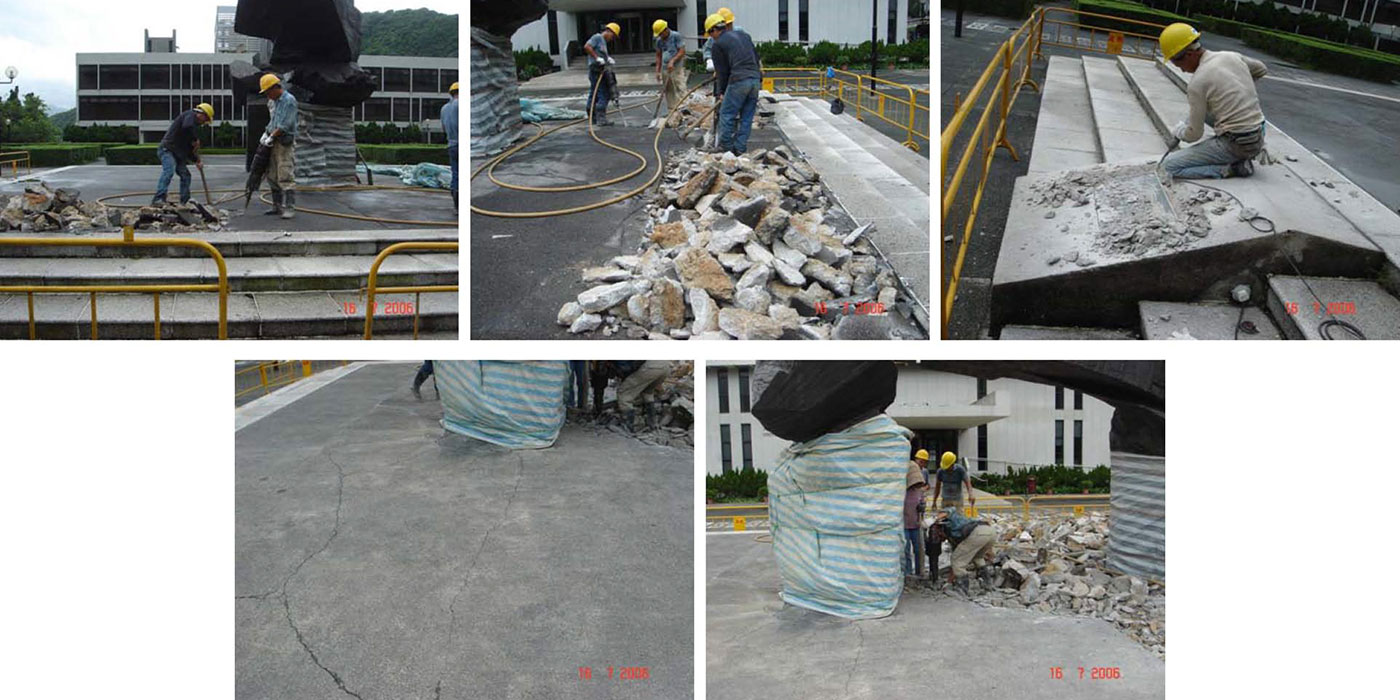
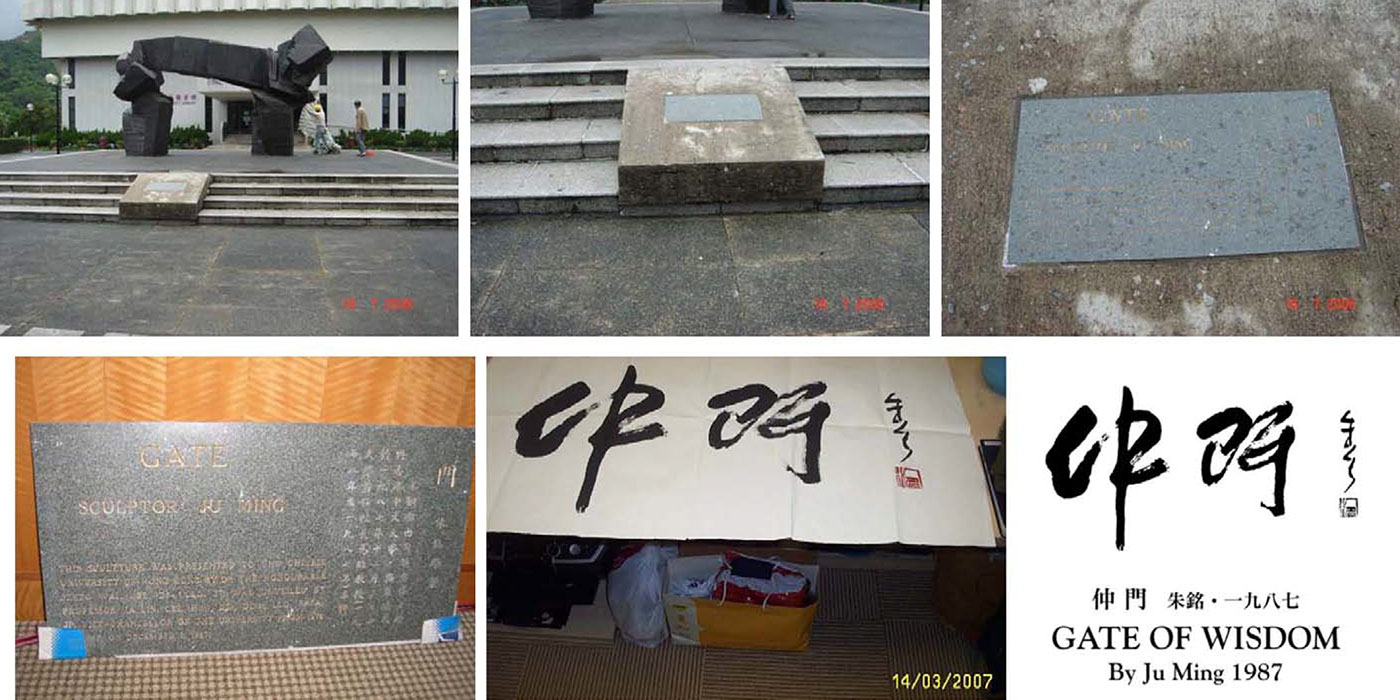
After completing his Tai Chi Series, he worked on his Living World Series. He explained, “Living World is all-embracing, and everything can be put within its meaning. In that way, when I am working on the Living World Series, I am a liberated person.”
When comparing the visual differences between works in the two series, Dr Ju gave the example of a caterpillar becoming a butterfly. “The two are very different in outlook but share the same life. It is just the process of metamorphosis.”
Dr Ju’s passion for understanding humanity and self-transcendence fuelled his artistic life and inspired generations of people. He passed away on 22 April at the age of 85. CUHK is saddened by the passing of Dr Ju and conveys its deepest condolences to his family.
Life is fleeting. Art lasts forever. Dr Ju’s untrammelled soul still lives in his sculptures and our memories.
By Jenny Lau

